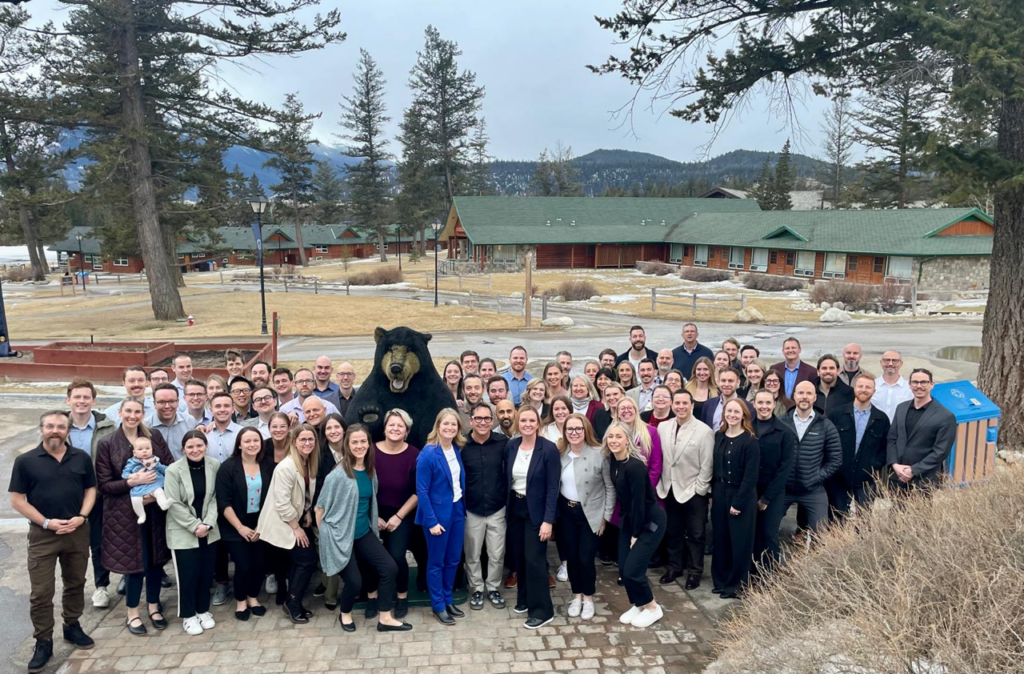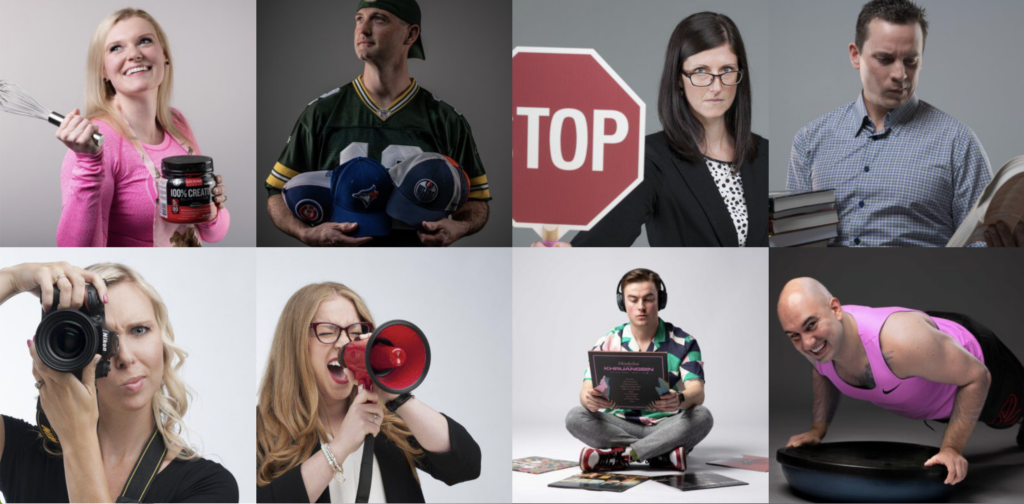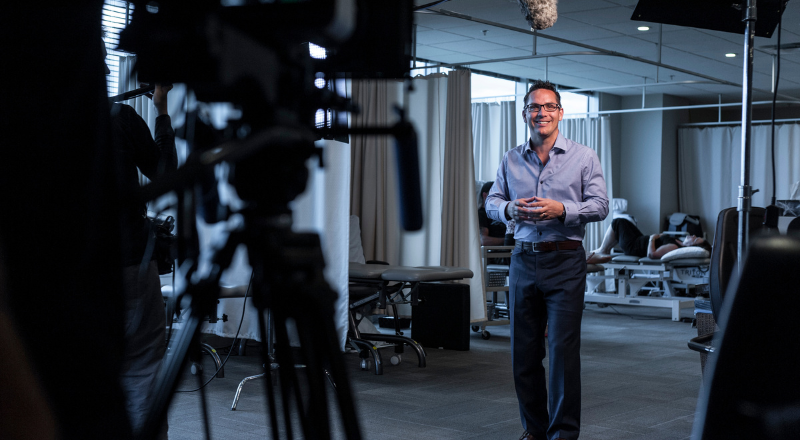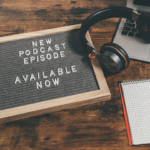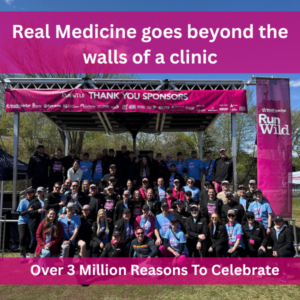Graston Technique provides us with multiple edges for your recovery
Graston Technique: A Leading Edge in Soft Tissue Recovery
At Leading Edge Physiotherapy, we offer the Graston Technique across all our clinics in Edmonton, St. Albert, Sherwood Park, Spruce Grove, Leduc, Calgary, and Kelowna. This advanced form of soft tissue mobilization uses precision-crafted stainless steel tools to help treat injuries, reduce pain, and restore mobility.
Whether you’re an athlete recovering from a strain or someone dealing with chronic scar tissue, the Graston Technique gives us a powerful edge in your recovery.
What Is the Graston Technique?
The Graston Technique is a form of instrument-assisted soft tissue mobilization (IASTM). It allows our physiotherapists to detect and treat areas of scar tissue, adhesions, and fascial restrictions using specially designed stainless steel tools.
These tools:
- Conform to the body’s contours better than hands alone
- Provide enhanced tactile feedback to the clinician
- Help locate and break down scar tissue more effectively
- Reduce therapist fatigue while improving treatment precision
Think of it like a stethoscope for your muscles—amplifying what our hands feel so we can treat with greater accuracy.
Why Use Graston Technique?
Scar tissue and adhesions can limit the natural movement of muscles, tendons, ligaments, and fascia. Over time, this can lead to pain, stiffness, and chronic dysfunction.
The Graston Technique helps:
- Break down scar tissue and adhesions
- Restore range of motion and fluid movement
- Reduce pain and inflammation
- Accelerate recovery from both acute and chronic injuries
It’s often used alongside other therapies, exercises, and modalities to create a personalized treatment plan tailored to your goals and injury profile.
Who Can Benefit?
Graston Technique is ideal for individuals recovering from:
- Muscle strains and pulls
- Ligament sprains (ankle, knee, shoulder, etc.)
- Tendon injuries (e.g., tennis elbow, Achilles tendinopathy)
- Chronic conditions involving scar tissue or fascial restrictions
Early intervention can help prevent excessive scar formation and reduce the risk of long-term complications. And for those already dealing with chronic adhesions, Graston offers a targeted way to restore function and relieve discomfort.
Available at All Leading Edge Locations
You can access Graston Technique treatments at our Leading Edge Physiotherapy clinics, including:
- St. Albert
- Heritage Valley (Edmonton)
- Royal Glenora (Edmonton)
- Windermere (Edmonton)
- Capilano (Edmonton)
- Old Strathcona (Edmonton)
- Sherwood Park
- Spruce Grove
- Leduc
- Tower Sports (Calgary)
- University District (Calgary)
- Kelowna Landmark 7 (British Columbia)
Personalized Treatment Plans
Every Graston Technique session is part of a customized physiotherapy plan designed by your treating therapist. Based on your assessment and recovery goals, we combine Graston with other hands-on techniques, modalities, and exercises to help you heal faster and move better.

